Custom packaging isn’t just a box or a bag for small businesses; it’s the first touchpoint with your customers and a powerful tool to differentiate your brand in a crowded marketplace. From enhancing customer experience to strengthening brand identity, the strategic use of customized packaging can significantly influence consumer behavior. According to a study, 72% of American consumers agree that the product packaging design influences their purchase decisions, highlighting the critical role of visually appealing and functional packaging.
In this post, we will cover:
- Key Elements of Custom Packaging: Understand what custom packaging is, and how it can be leveraged to strengthen your brand identity and improve customer experience.
- Design and Material Choices: Explore how to select the right materials and design elements that reflect your brand’s ethos and appeal to your target audience.
- Implementation and Optimization: Learn how to implement packaging strategies effectively and continuously optimize them based on customer feedback and testing results.
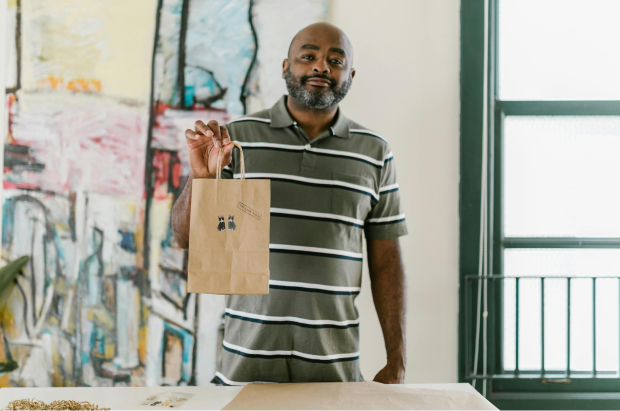
Understanding Custom Packaging
Custom packaging refers to tailor-made packing solutions designed specifically for your brand and products, differing from standard off-the-shelf options. Customized packaging plays a crucial role in how customers perceive your product and brand, offering unique benefits like improved brand recognition and customer loyalty. A significant 85% of customers say color is the primary reason they are drawn to a product, demonstrating how custom packaging can be utilized to attract consumer attention effectively.
Moreover, 74% of shoppers reveal that honesty and transparency in product labeling made them trust a brand, emphasizing the importance of thoughtful design and clear communication. These bespoke solutions ensure that every aspect of the packaging—from design to material choice—aligns perfectly with your brand’s ethos and customer expectations, thus creating a compelling brand experience right from the first interaction.
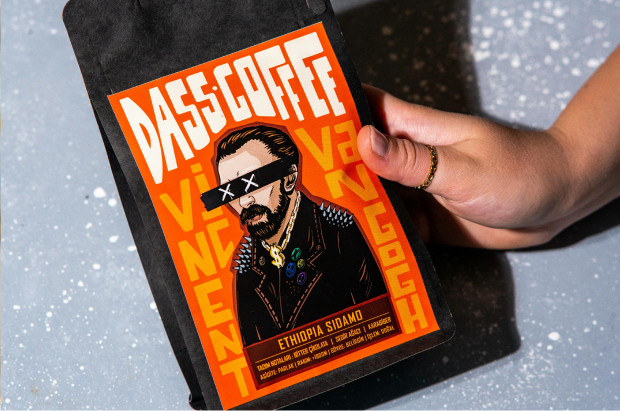
First Steps to Designing Your Custom Packaging
Begin your custom packaging journey by assessing your product’s specific needs. Here are the initial steps to take:
- Evaluate Your Product’s Needs: Consider the size, shape, and level of protection required. Determine if your packaging will serve purely protective purposes or also function as a promotional tool.
- Understand Your Audience: Gain insights into what appeals to your target audience both visually and functionally. This knowledge is crucial as it will guide your design process and ensure your packaging resonates with customers.
- Brainstorm Design Elements: Select colors, typography, and logos that reflect your brand’s personality. Each element should seamlessly contribute to a cohesive brand story, making your packaging not only attractive but also an integral part of your brand identity.
By following these steps, you can create custom packaging that not only meets the functional needs of your product but also enhances your brand’s visibility and appeal in the marketplace.
Where to Get Custom Packaging for Small Business
Finding the right supplier for your custom packaging is crucial for small businesses looking to make an impact. Here are key steps to help you choose the best service:
- Research Packaging Suppliers: Start by researching companies that specialize in custom packaging for small businesses. Look for suppliers that offer a range of materials, styles, and customization options to suit your specific needs.
- Compare Services and Costs: Once you have a list of potential suppliers, compare their services and costs. Check for any minimum order requirements, production times, and the availability of design support. Websites like Packlane, Arka, and Noissue are popular among small businesses for their flexible options and competitive pricing.
- Evaluate Quality and Sustainability: Consider the quality of the packaging and the company’s commitment to sustainability. Eco-friendly packaging options can enhance your brand’s image and appeal to environmentally-conscious consumers.
- Request Samples: Before making a final decision, request samples from the suppliers. This will allow you to assess the quality firsthand and ensure the packaging meets your expectations in terms of material, durability, and design.
By carefully selecting a packaging supplier, you can ensure that your custom packaging not only looks great but also aligns with your brand values and budget.
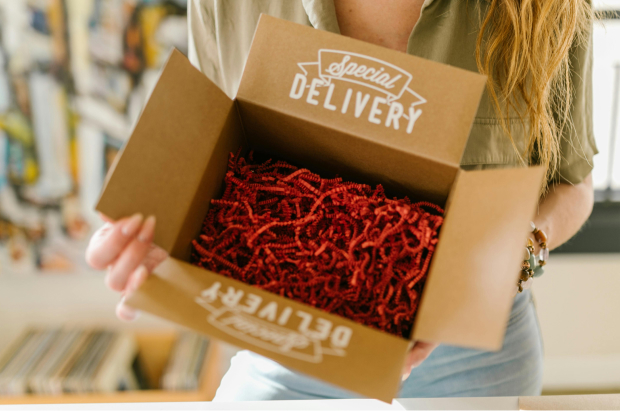
Choosing the Right Materials and Features
Select the right material based on aesthetics, sustainability, and cost:
- Cardboard: Lightweight and recyclable, ideal for shipping and retail packaging.
- Plastic: Versatile and durable, with recyclable options to minimize environmental impact.
- Eco-Friendly Alternatives: Bamboo, mushroom packaging, and bioplastics offer sustainable choices that decompose quickly.
- Glass and Metal: Premium materials that are durable and recyclable, though potentially heavier and costlier for shipping.
Opt for features that enhance usability and sustainability:
- Reusability: Design packaging that can be repurposed, adding value and promoting longer brand interaction.
- Durability: Ensure the packaging is robust enough to protect the product during transit and reduce returns.
- Protection: Tailor the level of protection to the product’s needs, especially for fragile or perishable items.
- Cost-Effectiveness: Balance quality with budget constraints to maintain overall project viability.
- Sustainability: Incorporate eco-friendly practices, which can boost customer approval and profits.
By carefully selecting materials and features that align with your brand’s values and your customers’ expectations, you can create custom packaging that stands out in the marketplace and resonates with your audience.
Manufacturing Your Custom Packaging
Packaging automation involves using advanced technology to streamline and optimize the packaging process. This includes everything from sorting and filling to sealing and labeling. By automating these repetitive tasks, businesses can enhance efficiency, reduce waste, and free up human resources for more complex production and innovation tasks.
Benefits of Packaging Automation
Integrating automation into your packaging process offers several advantages. It not only speeds up production but also ensures consistency and quality across all packaged products, which is vital for maintaining brand reputation. Additionally, automation can significantly cut costs by reducing labor requirements and minimizing material wastage. The scalability of automated systems means that as your business grows, your packaging operations can expand without a proportional increase in labor.
Moreover, automated packaging systems enhance worker safety by handling hazardous tasks and reduce environmental impact through efficient use of materials. They also collect valuable data that can help optimize operations and make informed business decisions.
Implementing Packaging Automation
To adopt packaging automation, evaluate your existing processes to determine where automation could be most beneficial. Consulting with automation experts can help tailor solutions to your specific needs. Training for staff is essential to ensure they are proficient in operating new systems, maintaining efficiency, and troubleshooting issues.
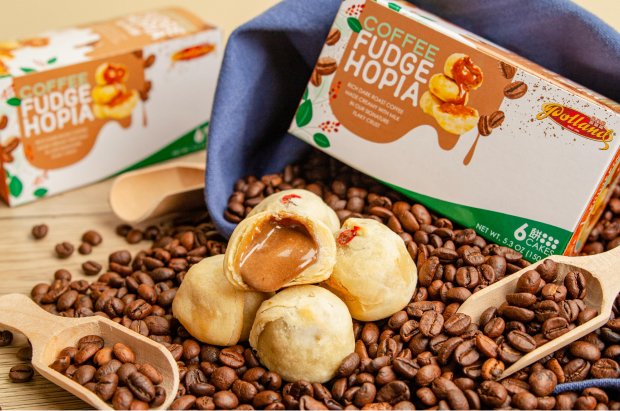
Implementing Branding Strategies with Personalized Product Packaging
Custom packaging is more than just a container for your product; it’s a crucial component of your brand strategy. By integrating unique design elements and personalized touches, you can transform your packaging into a powerful marketing tool that communicates your brand’s story and values.
Start by identifying the core elements that represent your brand—this could be your logo, brand colors, or any distinctive patterns associated with your business. These elements should be consistently featured on your packaging to build brand recognition. Adding personalized messages or custom graphics can also make the packaging feel more bespoke and engaging to the customer.
Consider every aspect of the packaging as an opportunity to promote your brand. For example, you can use the interior of the box for promotional messages or include QR codes that link to exclusive online content. This approach not only enhances the unboxing experience but also drives interaction beyond the physical product.
To assess the effectiveness of your personalized packaging, track metrics such as customer feedback, repeat purchase rates, and social media engagement. Surveys and direct customer feedback can provide insights into how your packaging is perceived and its influence on purchasing decisions.
By carefully crafting your packaging to reflect your brand’s unique identity and values, you can create a memorable customer experience that enhances engagement and fosters loyalty. Personalized packaging not only stands out on the shelf but also resonates with consumers, making them more likely to advocate for your brand.
Monitoring and Optimizing Your Packaging Strategy
To ensure your custom packaging continuously meets the expectations of your customers and enhances your brand, it’s essential to actively engage in monitoring and optimizing your strategy. Collect customer feedback to gauge how your packaging is perceived—ask if it’s user-friendly, appealing, and aligns with their expectations of your brand.
Additionally, implement A/B testing with different packaging designs to determine what resonates best with your audience. Use analytical data and the feedback gathered to make informed decisions, allowing you to continuously refine your packaging’s aesthetic appeal and functionality.
By deeply understanding the role of customized packaging, small businesses can develop solutions that not only captivate but also build lasting loyalty. Effective packaging is more than just a container for your product; it’s a pivotal part of your brand’s narrative and a crucial driver of consumer decision-making. Remember, the goal is to create a packaging experience that not only protects but also promotes, educates, and delights your customers.
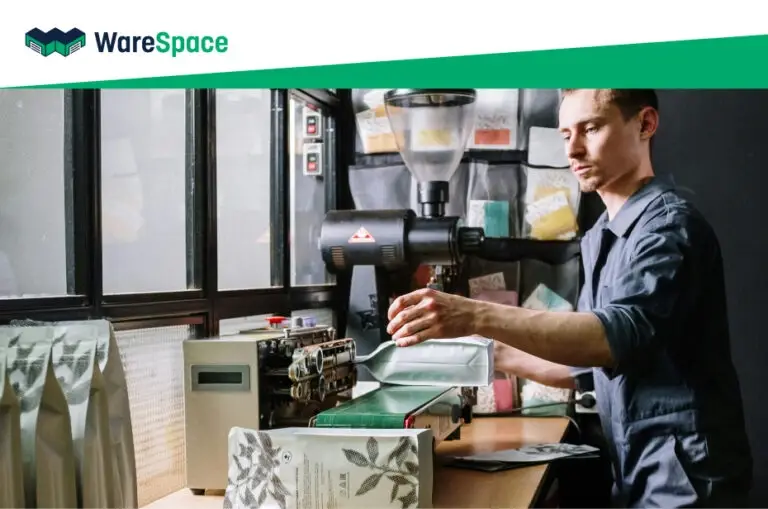
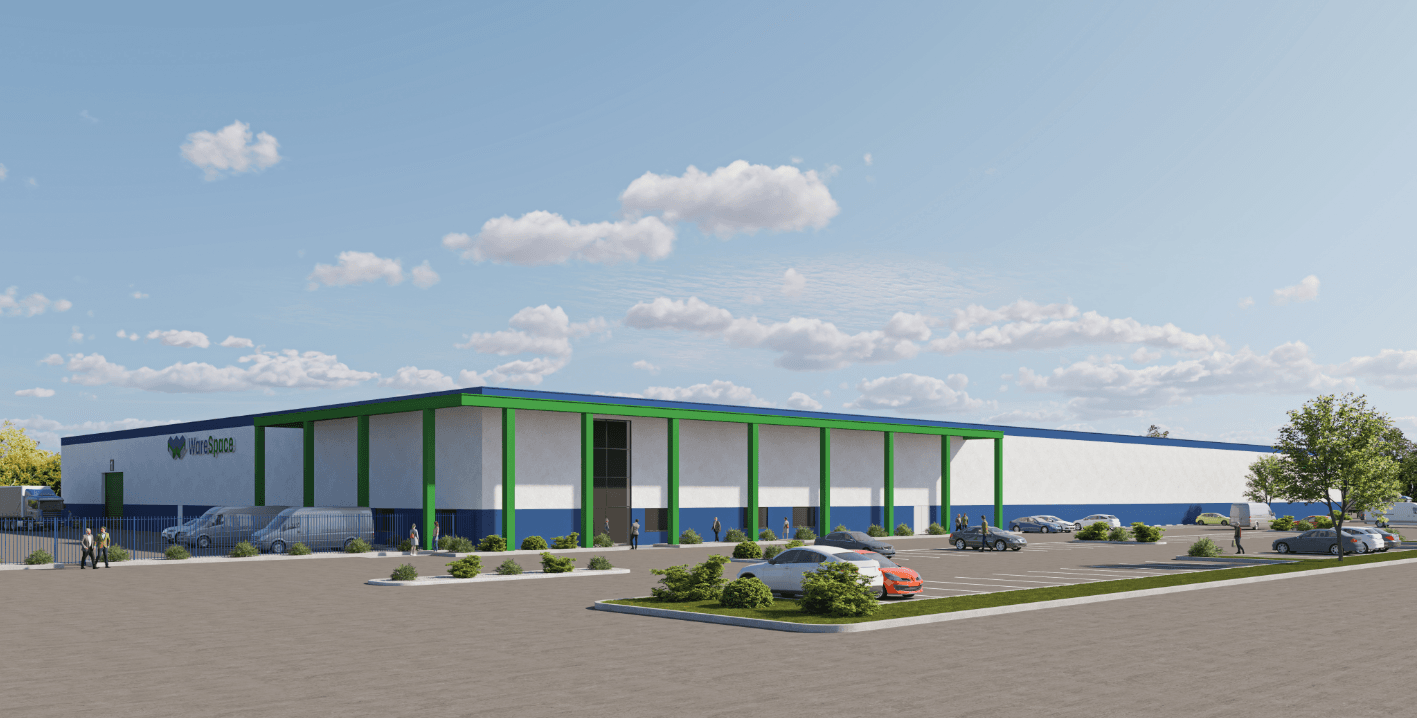
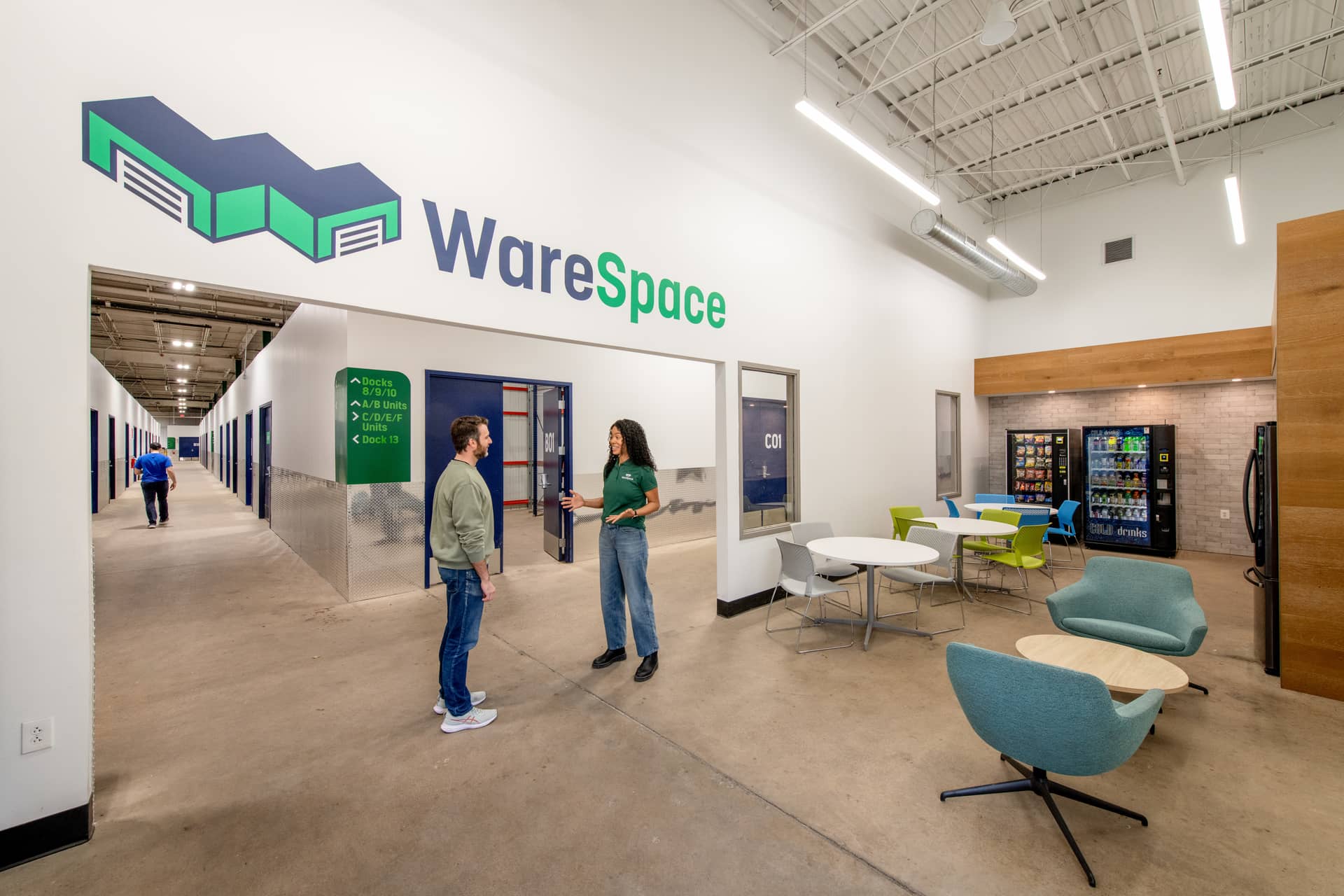

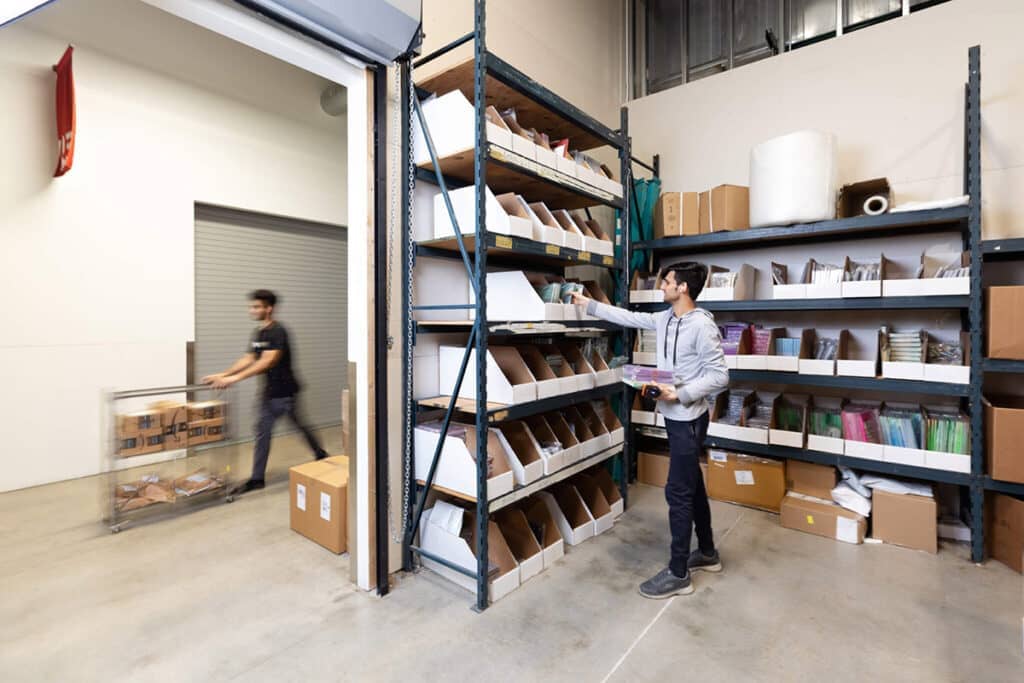
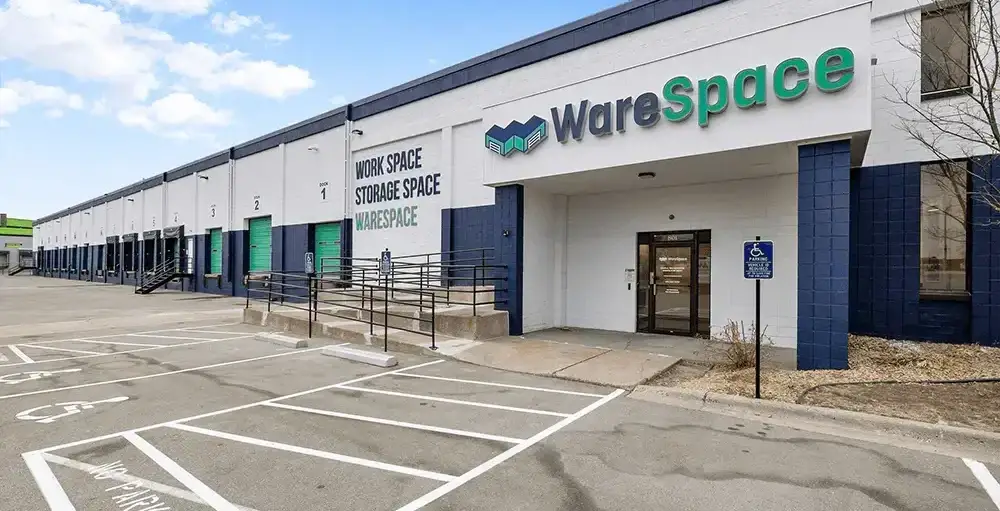
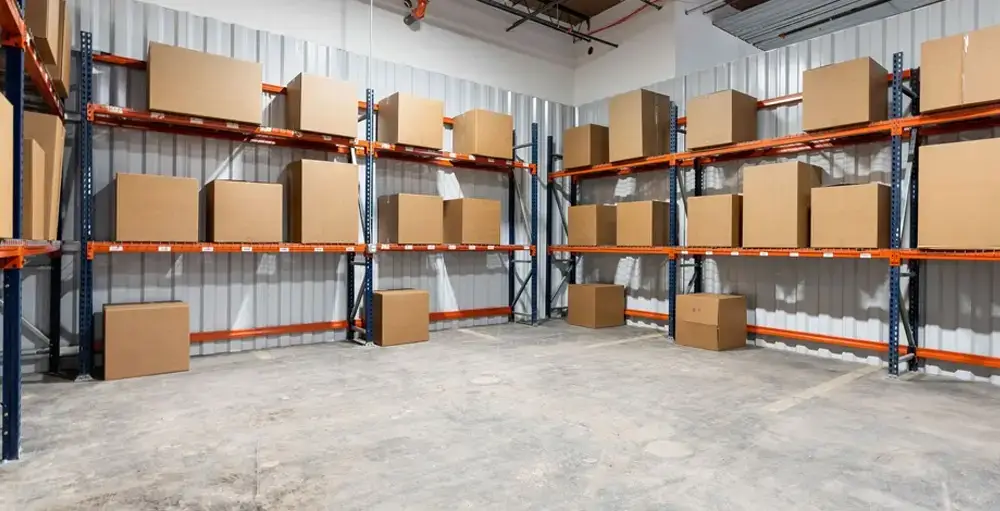
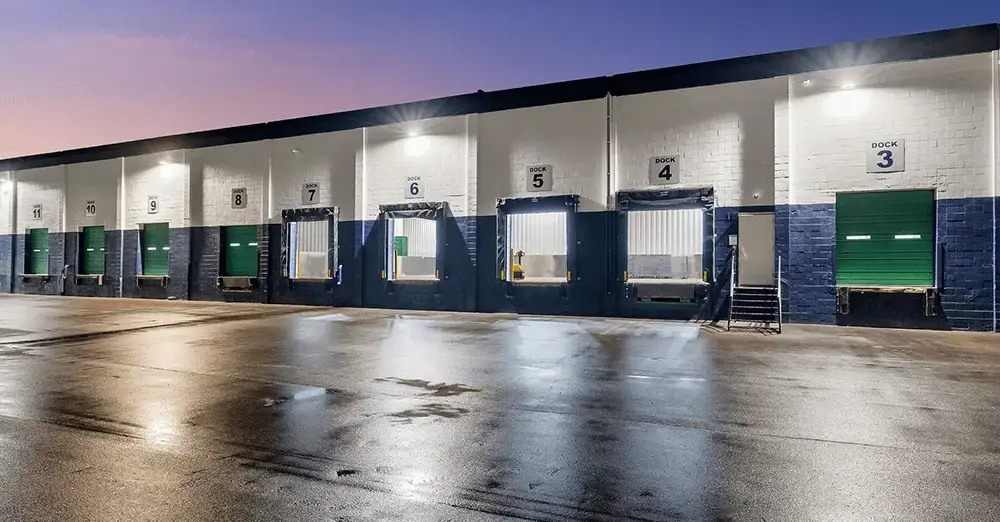
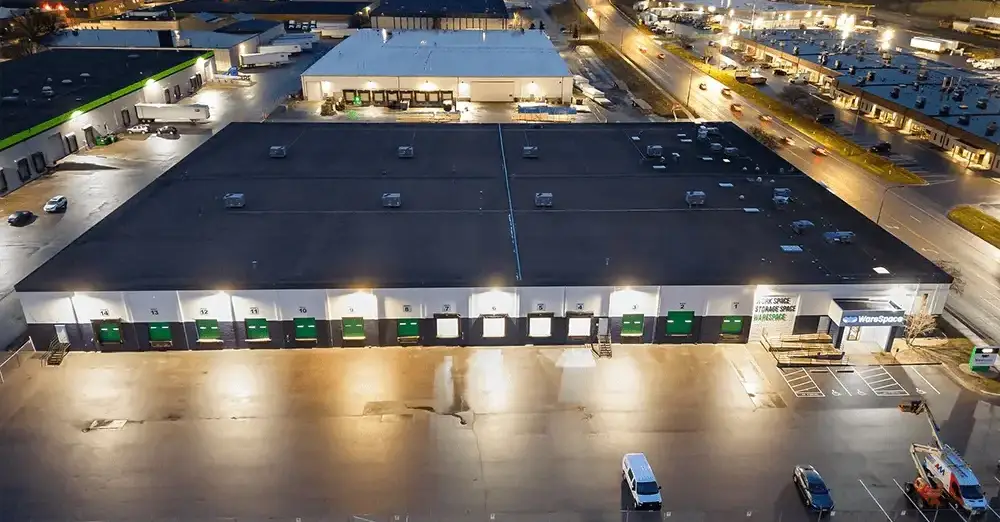











 ►
Explore 3D Space
►
Explore 3D Space